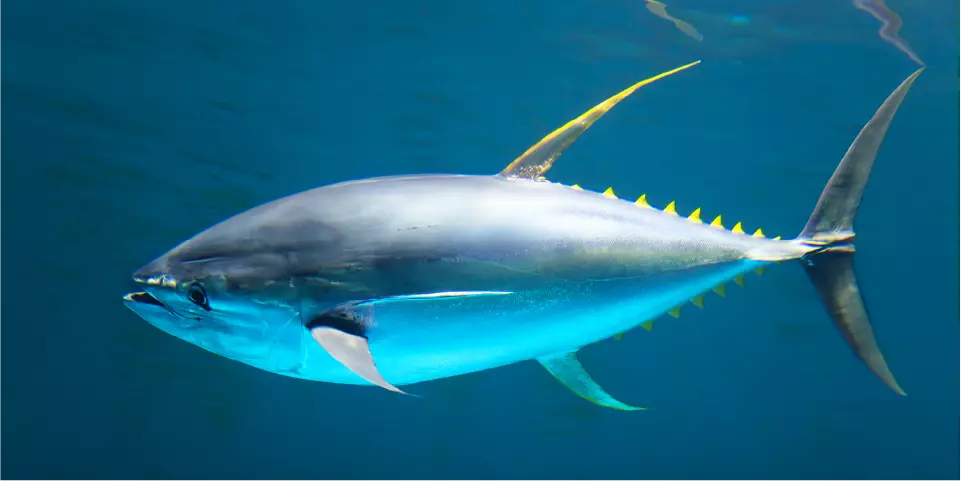
Understanding Pelagic Fish: The Ocean's Roaming Predators
Share
The ocean is home to a diverse range of fish species, each adapted to different habitats and lifestyles. One significant category of marine fish is the pelagic fish. These species inhabit the open ocean, living in the water column rather than near the seafloor or coastal structures. In this article, we’ll explore what pelagic fish are, their characteristics, and their role in the marine ecosystem.
What Are Pelagic Fish?
Pelagic fish are species that live in the open ocean, away from the bottom and shoreline. Unlike demersal fish, which reside near the seabed, pelagic fish are constantly swimming in search of food and favorable conditions. They are typically divided into two categories:
-
Coastal Pelagic Fish – These fish stay closer to shore and continental shelves, often forming large schools. Examples include sardines, anchovies, and mackerel.
-
Oceanic Pelagic Fish – These species inhabit deeper, offshore waters and include some of the ocean’s top predators, such as tuna, marlin, and swordfish.
Characteristics of Pelagic Fish
Pelagic fish are uniquely adapted to life in the open sea. Some key characteristics include:
-
Streamlined Bodies – Their hydrodynamic shape allows them to swim efficiently over long distances.
-
Fast Swimmers – Many pelagic species, such as tuna and wahoo, are built for speed to catch prey and escape predators.
-
Schooling Behavior – Many smaller pelagic fish, like herring and sardines, form large schools for protection.
-
High Metabolism – Active predators like tuna have high metabolic rates, requiring a constant supply of food.
-
Countershading – Their coloration, dark on top and light on the bottom, helps them blend into the ocean from different angles, offering camouflage against predators.
Common Pelagic Fish Species
Pelagic fish include both small schooling species and large predators. Some notable examples are:
-
Tuna – Found in warm and temperate waters, tuna are prized for their speed and strength.
-
Mahi-Mahi – Recognized by their vibrant colors, mahi-mahi are fast-growing and highly migratory.
-
Marlin and Sailfish – These billfish are among the ocean’s fastest swimmers and are sought after by sport fishermen.
-
Herring and Sardines – Essential forage fish that form massive schools and support larger predators.
-
Sharks – Species like the mako shark are considered pelagic, roaming vast distances in search of food.
The Role of Pelagic Fish in the Ecosystem
Pelagic fish play a crucial role in marine ecosystems by maintaining balance in the food chain. They serve as both predators and prey, supporting a variety of marine life, from seabirds to large marine mammals. Many pelagic species also contribute significantly to global fisheries, providing food and livelihoods for millions of people worldwide.
Conclusion
Pelagic fish are among the most fascinating and ecologically important species in the ocean. Their ability to traverse vast distances and thrive in the open sea makes them unique in the marine world. Understanding their behavior, adaptations, and ecological roles can help promote sustainable fishing and conservation efforts for future generations.
For more insights into marine life and responsible fishing, stay tuned to CapOut Fishing’s blog!